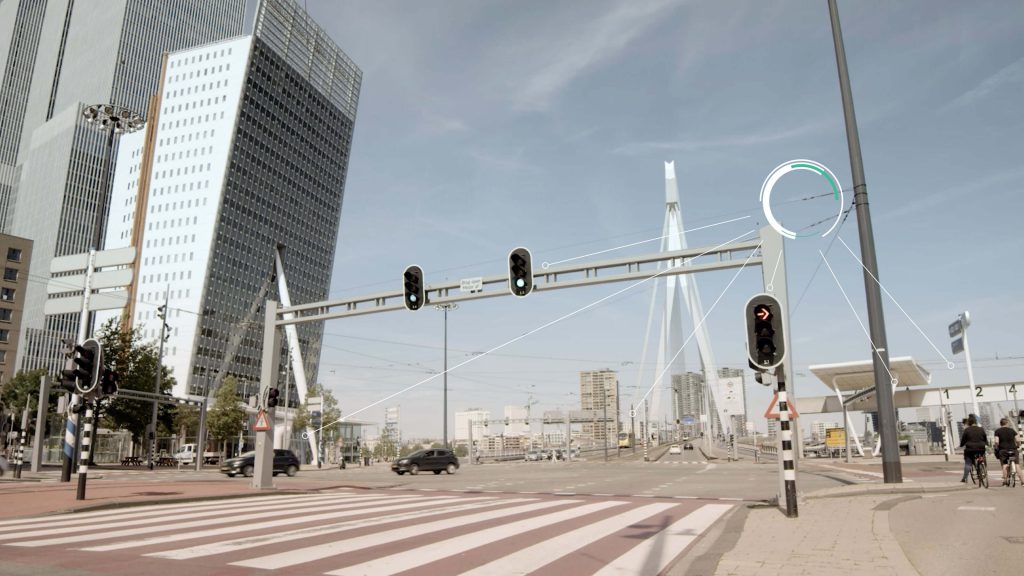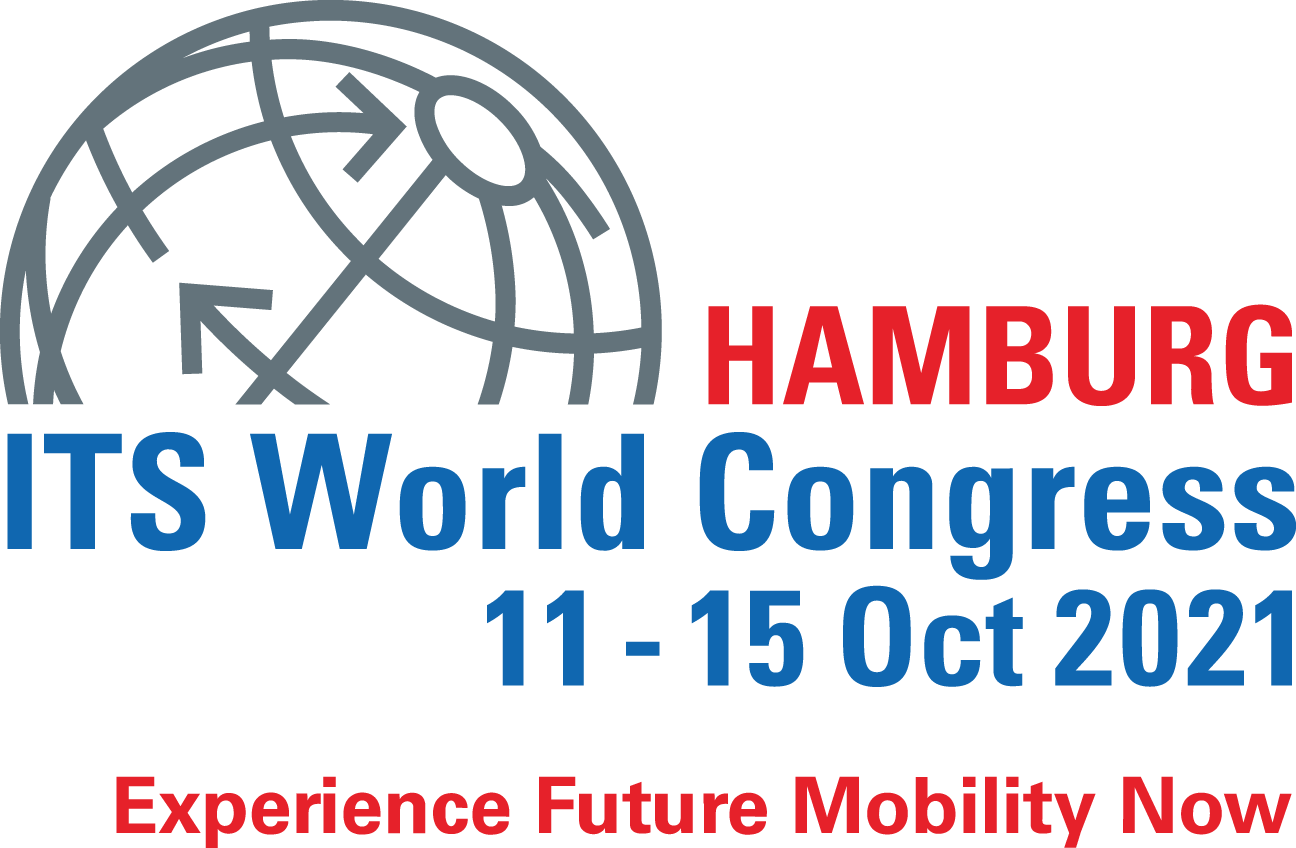
Dutch ITS specialist Monotch has developed a neutral V2X multi-stakeholder platform called TLEX (Traffic Live EXchange) that connects data, transactions and services to improve traffic flow and road safety. The company will use Hamburg to showcase a multitude of the tangible benefits of the platform that accommodates all use cases to their distinct needs and functions.
Monotch says TLEX is an example of a highly scalable system which is specifically designed to send and receive massive volumes of data with ultra-low latency, secured and privacy safeguarded (iso27001 and GDPR compliant). The ready-to-use platform with lots of available interfacing and many protocol options (ETSI protocols and proprietary protocols) is applied in small projects as well as large scale deployments. In the Netherlands Monotch manages all the intelligent traffic signal controllers and road side equipment data on the TLEX platform. In Scandinavia TLEX is successfully tested in Copenhagen and Trondheim and is currently used in the NordicWay programme to facilitate the Swedish interchange network.
The vendor-independent platform with open interface which supports a multi-vendor C-ITS eco-system is perfect for cities and road authorities who are dissatisfied with rigid project-oriented solutions. It provides a digital backbone for new connected services and the benefits are countless. Most prominent TLEX I2V benefits are informing road users in real-time, improving traffic flows and giving priority to designated traffic. But TLEX can also be used to warn about hazardous or congested locations, grant access to emergency services, provide access control in city areas and even for enforcement purposes. Recent measurements in projects indicate a 10% reduction of travel time for prioritised transport, two per cent fewer incidents with emergency vehicles and a significant 15% waiting time and emission reduction for traffic passing an intersection.
Stand B5.103









